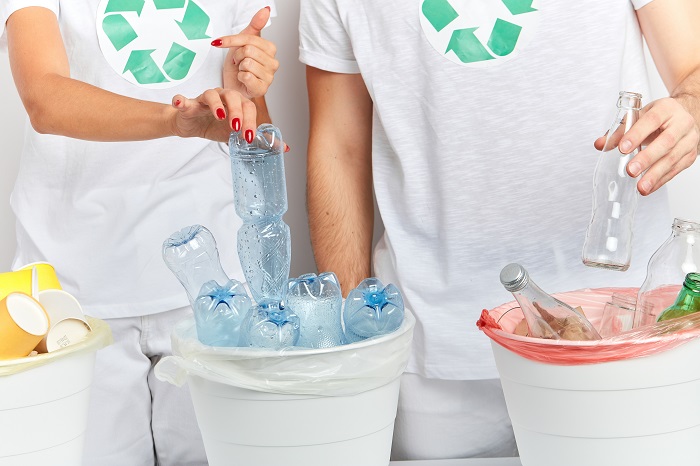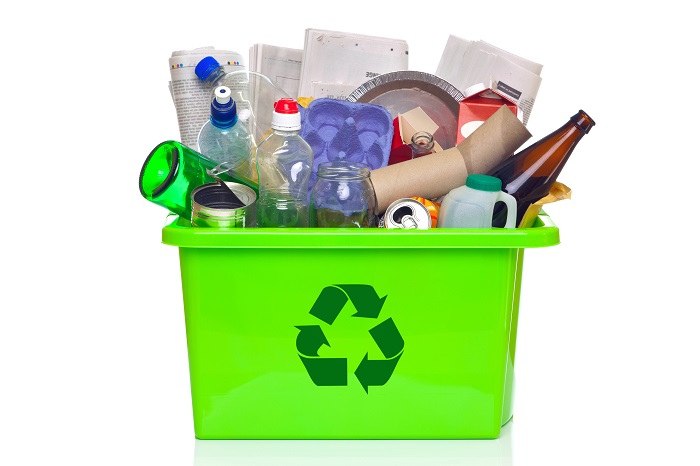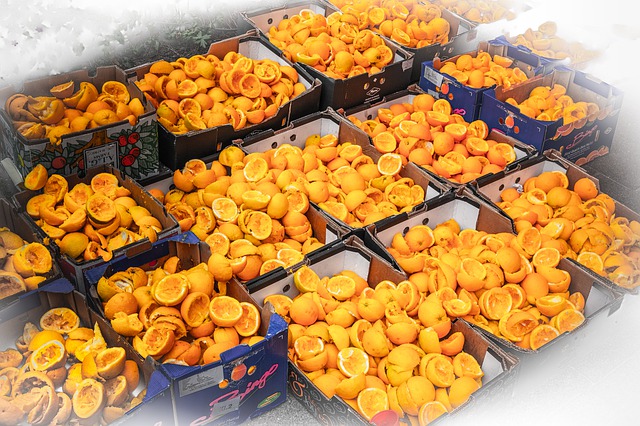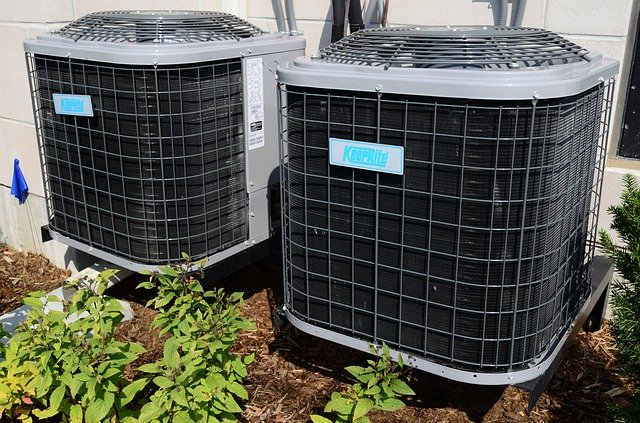
The environment is an important factor in sustaining flora and fauna. The health of human beings depends on the state of the environment as well. It’s the source of the food, water, air, and other relevant conditions that sustain life on earth. The state of our environment today is due to the broadening issues arising from loss of biodiversity, inappropriate means of disposing of waste, overpopulation, the depletion of natural resources, and increased deforestation. These affect natural habitats, produces acid rain and destroys the ozone layer because of global warming.
A report published by the United Nations environmental program estimates the amount of solid waste matter is at 11.2 billion tons per year. Moreover, poor methods of managing waste lead to an increase in soil and water contamination and air pollution. One of the most modern ways for addressing environmental problems is using reusable items whenever it’s possible to prevent the build-up of solid waste matter deposits in the environment. Reusing items can save help the environment in the following ways:
- Reduces the Demand For Raw Materials
Most of the raw materials used in the production of various goods come from environmental resources. Some of these resources face the danger of extinction due to depletion. The good news is that you can reuse most of the products you buy from the store like plastic containers and food packaging materials. Reusing will reduce the market demand for the same materials, and the suppliers will minimize production capacity due to the reduced demand. Consequently, reducing the demand for raw materials can save environmental resources from the danger of depletion.
Reusing items can also save energy as there will be less processing needed to turn products into other usable materials. The energy savings from recycled products also makes it much cheaper to recycle than to process raw materials. How much energy saved usually depends on the materials being recycled.
For example, glass and aluminum. The heat needed to melt the mixture of minerals is the energy-intensive part of making glass. When glass is recycled, the energy required to re-melt them will be relatively low. Aluminum, on the other hand, the process of melting aluminum ore requires a significant amount of electricity and heat to isolate the aluminum metal extensively. However, recycled aluminum metal won’t need to go through that rigorous process as it can be cleaned and re-melted, making it save the required energy to separate aluminum metal from the ore.

- Lessens Environmental Pollution
Pollution is one of the current environmental problems tormenting the world. Every processing, manufacturing, or assembly industry emits contaminated gases into the atmosphere. Most of them release wastewater causing water pollution. The amount of wastewater and gas emission usually depends on industrial activities. As mentioned earlier, reusing items can reduce the demand for production activities. As industrial activities reduce, this would imply a reduction in gas emission and wastewater being released into the environment.
It’s also best to buy used fuel-efficient cars aside from reusing items to reduce pollution. Since these are one of the main culprits of global warming. It’s the most significant contributor of gasses like carbon monoxide, carbon dioxide, hydrogen carbons, and nitrogen oxide, which isn’t just harmful to humans but to our environment as well. These gases weaken our ozone layer and cause a lot of pollution and climatic changes.
- Promotes Sustainable Lifestyle
You spend money every time to purchase an item from the shop or store. Not every item wears and tears when it’s first used. If you have items like bags, you can reuse them a couple of times before you purchase another one. You can use the savings from reusing items for environmental conservation activities like planting tree seedlings or donate to environmental NGOs that conduct research, makes policy development possible, facilitates institutional responsibilities and encourages people to live a sustainable lifestyle.
- Minimizes Waste Deposits
A reduction in waste deposits to open land can help conserve the environment. Human activities have a significant role in global warming. Waste matter disposal is a known source of the carbon emission that interferes with the climatic conditions in our environment. Inappropriate waste disposal and management can lead to high carbon emissions that increase global warming. Reusing items can reasonably reduce the levels of carbon emissions by reducing the amount of solid matter waste deposits to landfills.
Landfills are deposits of solid waste, and these can irritate people in a neighborhood. Landfills will continue to exist if humanity will keep depositing wastes unsystematically. Also, landfills are more dangerous when it’s nearby water resources. Waste from landfills can contaminate it, and it can induce water pollution. Accumulating solid waste can naturally emit harmful gases like methane that can pose a threat to the health of the surrounding neighborhood as it can cause various complications when inhaled.
Plastic waste deposits in water sources are dangerous to aquatic life. They can accidentally mistake solid waste as food, which can be their cause of death. Some solid waste like glass bottle deposits in areas near wildlife can cause physical injuries to animal life as well. Reusing items reduce such harmful waste matter deposits into the environment by minimizing waste deposits.
Conclusion
Reusing items helps save the environment as it reduces the emission of carbon emissions from waste deposits by reducing their accumulation. Reusing items helps preserve natural resources. Reusing reduces the demand for raw materials because it reduces demand for the materials from the market. You can save when you reuse items, and you can channel that money to environmental conservation agencies. Reusing items reduces the rate of landfill protecting the environment from susceptibility to harmful gas emissions and wildlife from hurt and death.



